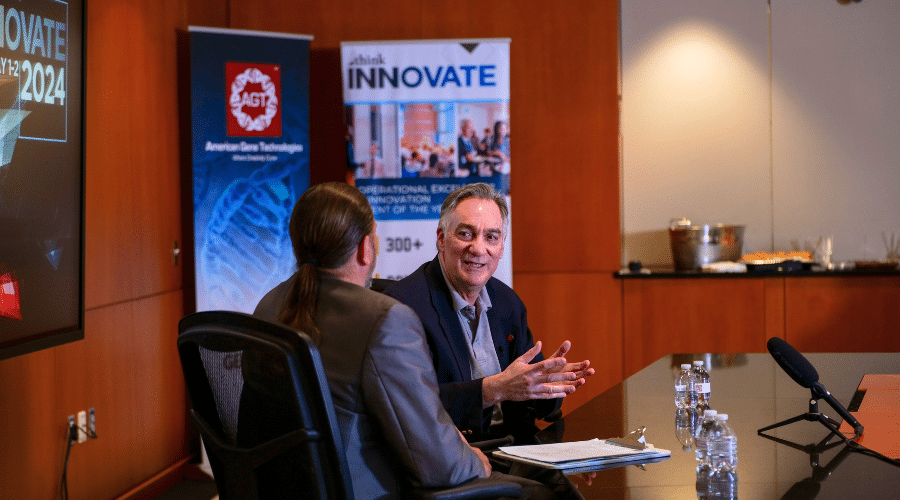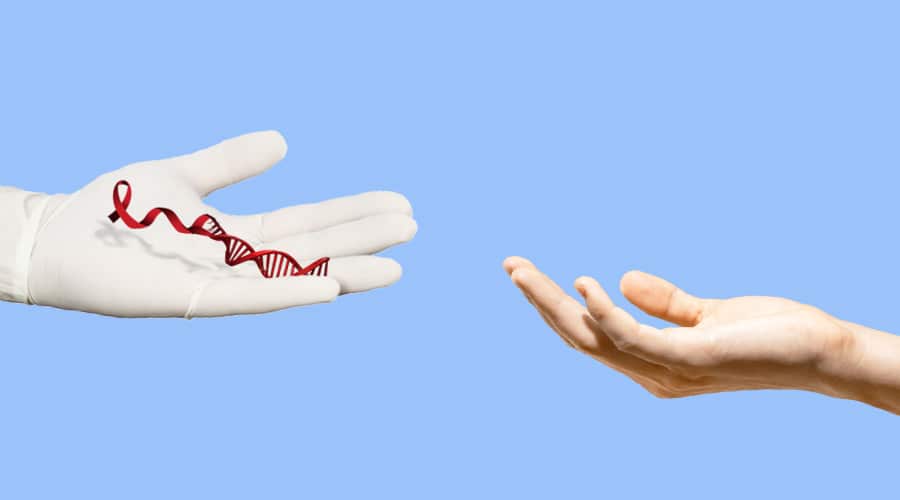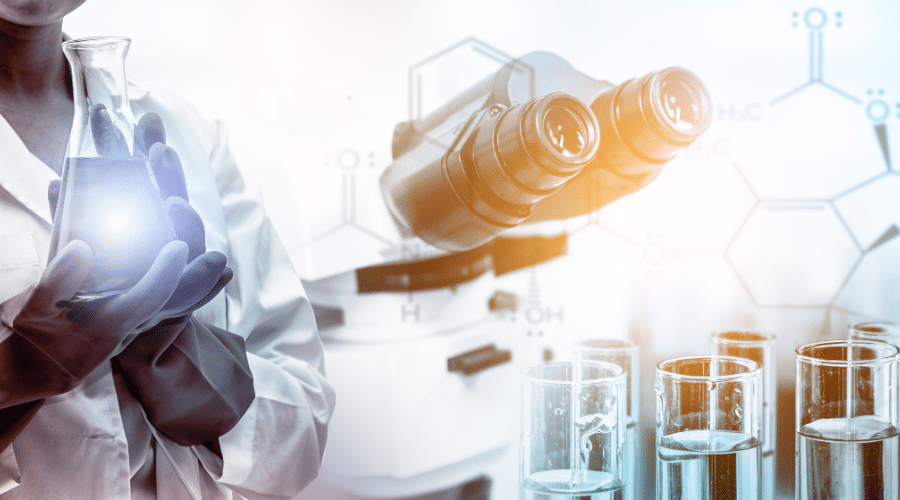Top 5 TED Talks on Gene Technology that Every Biotech Leader Must Watch
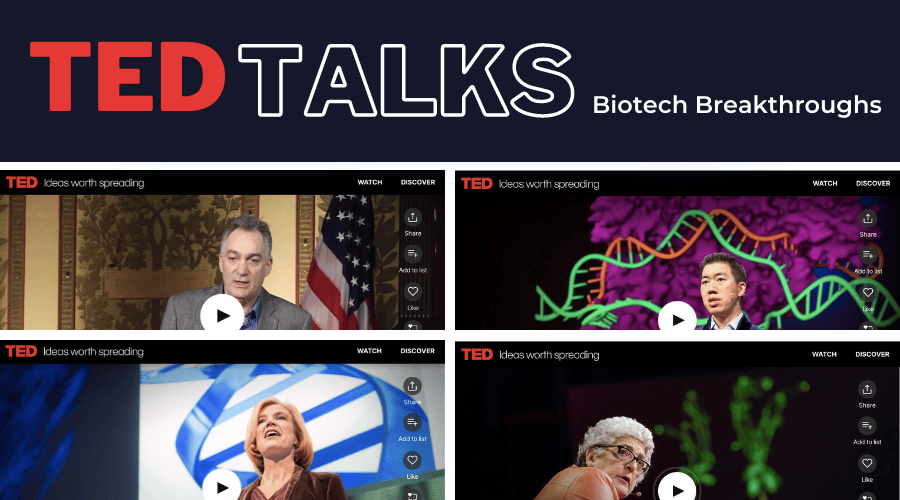
TED Talks began in 1984 as a conference originating in Silicon Valley where powerful voices in Technology, Entertainment, and Design came together to spread potent ideas with broad relevance. Today there are thousands of talks of 18 minutes or less, in more than 100 languages, covering topics ranging from science to global issues. Despite this diversity, all TED talks share a devotion to Ideas Worth Spreading.
In this article, we introduce five TED Talks that explore the progression of innovation that began with mapping the human genome. That essential first step led to an understanding of the possibilities of human DNA and the development of cures and technologies based upon that knowledge. Mapping the genomes of other organisms is proving to be every bit as important to an understanding of the possibilities of their DNA. These five Ted Talks describe recent biotechnology breakthroughs arising from our understanding of genetic material that has given rise to ideas worth spreading, ranging from base pair editing to biofabrication.
Jennifer Doudna was part of inventing a potentially world-changing genetic technology: the gene-editing technology CRISPR-Cas9.
When Jennifer Doudna and her colleague, Emmanuelle Charpentier, invented CRISPR-Cas9 for editing genomes, it opened the door for scientists to make changes to the DNA in cells - changes that could lead to cures for genetic diseases. By programming the natural process used by Cas9 protein in bacteria to destroy viral DNA, scientists can now delete or insert specific bits of DNA into cells with what Jennifer Doudna describes as “incredible precision.” In her talk, she shares the potential for CRISPR technology and the need for discussion about its ethical implications.
Jeff Galvin shares his work in the growing field of gene therapy and explores the myriad of life-saving and potential life-enhancing uses for this technology.
A revolution is coming to healthcare. This revolution will result in a deluge of “miracle” cures for conditions that are currently untreatable. Galvin explains that humanity will achieve this by reprogramming the “human computer” through the use of the A, G, T, C in our DNA. With the new tools becoming available to gene therapy, Galvin says “the bottom line is that if you can dream it, you can do it.” In this TEDx, Galvin describes the work his company is doing and how gene therapy will change healthcare forever.
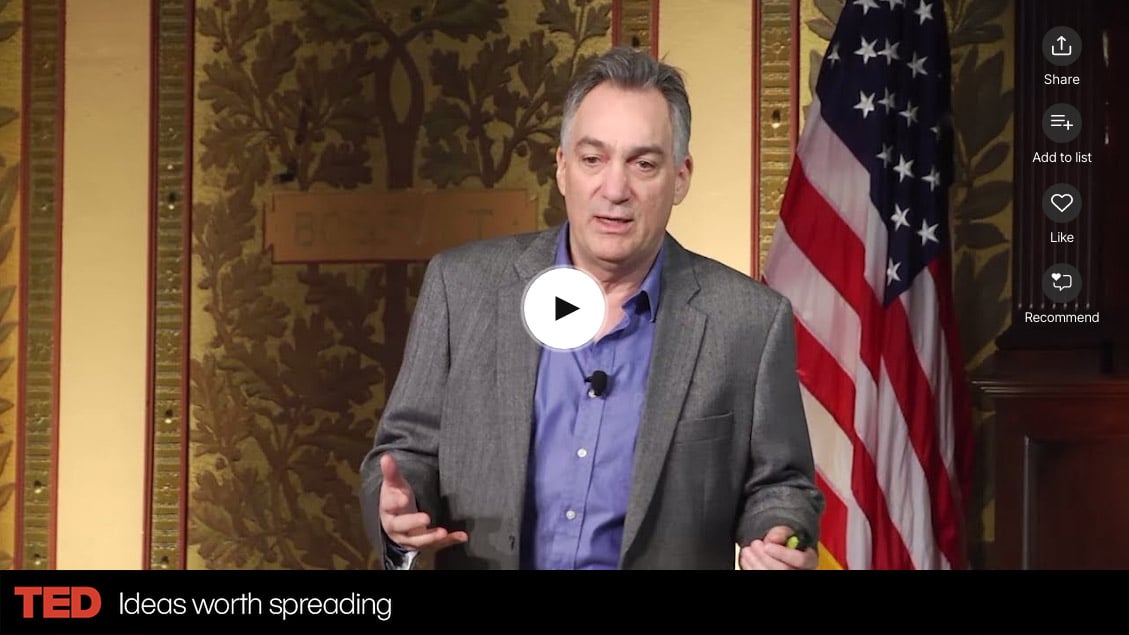
David R. Liu leads a research group that combines chemistry and evolutionary techniques to create revolutionary new medicines.
What if we could use CRISPR to alter the single protein responsible for genetic diseases such as the childhood aging disease, progeria? The use of base editors to correct single-point mutations could make this possible by replacing the objectionable protein and “forcing” the appropriate protein to bond with it to form a new base pair. The use of base editors with CRISPR makes the possibility of a real cure for such genetic diseases a reality. In his Talk, David Liu describes the development of base editors and the potential for their use while urging discussion of the ethical obligations inherent in the use of base editors to rewrite DNA.
Leila Pirhaji uses artificial intelligence for drug discovery and the treatment of metabolic diseases.
Before we can use our knowledge of the human genome to find treatments for diseases, we must augment the information gained from the genome with information about the activity of the metabolites in our bodies. These small molecules like fat, glucose, and cholesterol play integral parts in the development of diseases such as fatty liver disease. By using AI to analyze the massive amounts of data required for a precise understanding of the patterns for each type of metabolite that connects to underlying disease, we can better develop successful treatments. In her Talk, Leilia Pirhaji recounts the progress that has been made in this effort.
Recognized as one of the greatest scientific innovators of our time, Joanne Chory studies the genetic codes of plants. Her goal: to use plants to help fight climate change.
Plants and trees are our natural allies in fighting climate change because the process of photosynthesis takes in CO2 while releasing oxygen and storing carbon in the root system and soil. If we could grow more plants and trees, it would help to combat climate change. Since we can’t take the land currently used or needed in the future for agricultural purposes to accomplish this without creating a severe shortage of food for the growing global population, we need to find a way for agricultural land and crops to do double-duty. In this Talk, Joanne Chory describes the work being done by her team at Salk Institute's Harnessing Plants Initiative (HPI) to use genetic and genomic techniques to increase the carbon storage capacity of root systems by helping plants grow bigger, more robust root systems. An added benefit? Healthier soil.

